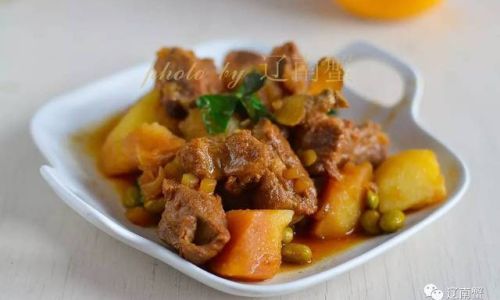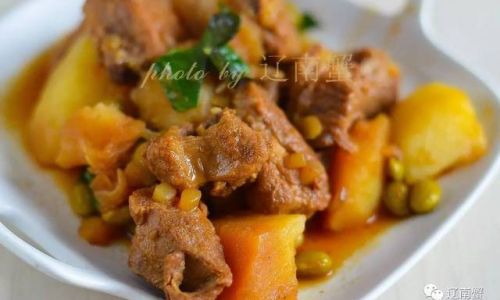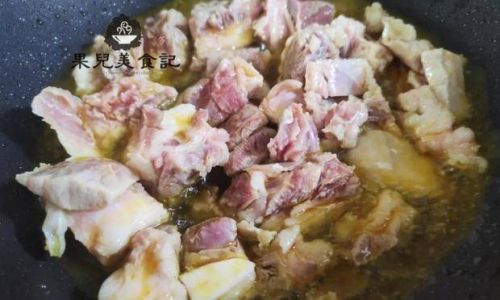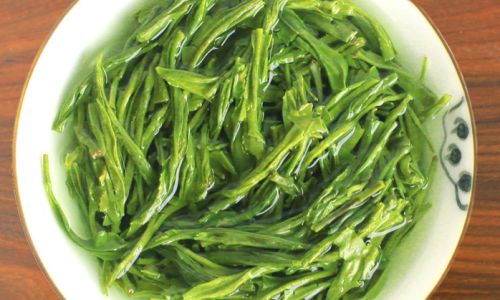Table of content
Introduction
Cooking fresh pork ribs can be an incredibly rewarding culinary experience, especially when you’re aiming for a delicious and easy meal. Pan-searing pork ribs not only locks in their juicy flavors but also adds a delightful caramelized crust that enhances their overall taste. Whether you’re a seasoned chef or a novice cook, mastering the art of pan-searing fresh pork ribs can elevate your culinary skills and impress your dinner guests. In this comprehensive guide, we’ll walk you through every step of the process, ensuring that you achieve perfectly seared, tender, and flavorful pork ribs with minimal effort.
Choosing the Right Pork Ribs
Before you begin cooking, it’s crucial to select the right type of pork ribs. There are several types available, each with its unique texture and flavor profile. For pan-searing, baby back ribs and spare ribs are the most popular choices.
Baby Back Ribs
Baby back ribs come from the loin section of the pig, near the backbone. They are leaner and more tender than other types of ribs, with a delicate flavor. Due to their smaller size and tender meat, baby back ribs cook quickly and are ideal for pan-searing. However, they can be more expensive and might not have the same rich, fatty flavor as other cuts.
Spare Ribs
Spare ribs, on the other hand, come from the belly area of the pig and are larger, meatier, and often have a higher fat content. This makes them more flavorful and juicier when cooked. Spare ribs require a bit more time to cook through, but the added fat contributes to a more moist and tender final dish. They are also generally more affordable than baby back ribs.

When choosing your pork ribs, look for meat that is firm to the touch, with a good color (a healthy pink or red hue). Avoid ribs that have a grayish appearance or feel slimy, as these may be signs of spoilage. Fresh pork ribs should have a pleasant porky aroma, without any offensive smells.
Preparing the Pork Ribs
Once you’ve selected your pork ribs, it’s time to prepare them for pan-searing. Proper preparation is key to achieving a delicious final dish.
Trimming the Ribs
Start by trimming any excess fat or silver skin from the ribs. The silver skin is a tough, shiny membrane that covers the bone side of the ribs. Removing it can make the ribs more tender and allow the seasoning to penetrate the meat better. Use a sharp knife to loosen the silver skin, then peel it off with your fingers or a paper towel for a cleaner finish.
Trimming the fat is optional but can help prevent the ribs from becoming greasy. Aim to leave a thin layer of fat on the meat side for flavor and moisture.
Seasoning the Ribs
Seasoning is where you can really make your pork ribs stand out. A simple blend of salt, pepper, and garlic powder can do wonders, but feel free to experiment with other spices and herbs to suit your taste preferences.
For a classic seasoning blend:
- Salt: Enhances the natural flavors of the pork.
- Black Pepper: Adds a bit of heat and depth.
- Garlic Powder: Provides a savory, aromatic flavor.
You can also incorporate other spices such as paprika, cumin, or chili powder for a more complex flavor profile. For an added touch of sweetness and tang, consider using brown sugar or a dry mustard powder.

Apply the seasoning evenly over all surfaces of the ribs, making sure to get into the cracks and crevices for maximum flavor penetration. Let the ribs sit at room temperature for about 30 minutes after seasoning. This allows the meat to come to room temperature, ensuring more even cooking.
Heating the Pan and Oil
The next step is to heat your pan and oil to the right temperature. The right cooking surface and oil can make a significant difference in the final outcome of your pan-seared pork ribs.
Choosing the Pan
A heavy-bottomed skillet or frying pan is ideal for pan-searing pork ribs. Cast iron or stainless steel pans are great choices because they retain heat well and distribute it evenly, creating a perfect sear. Non-stick pans can also work but may not provide the same level of caramelization.
Selecting the Oil
The oil you choose should have a high smoking point to prevent it from burning before the ribs are fully seared. Good options include avocado oil, grapeseed oil, or refined peanut oil. Olive oil can be used but has a lower smoking point and may smoke or burn at higher temperatures.
Preheat your pan over medium-high heat and add enough oil to coat the bottom evenly. You want the oil to be hot but not smoking before adding the ribs. This ensures that the meat will sear quickly and develop a nice crust.
Pan-Searing the Pork Ribs
Now it’s time to sear your pork ribs. The goal is to create a golden-brown crust on the outside while keeping the inside moist and tender.
Searing Technique
- Placing the Ribs: Carefully place the ribs in the hot pan, meat side down. Depending on the size of your pan, you may need to do this in batches to avoid overcrowding. Overcrowding will lower the pan’s temperature and prevent a good sear.
- Undisturbed Cooking: Let the ribs cook undisturbed for about 3-4 minutes. This allows them to develop a nice crust without the meat sticking to the pan. If the ribs start to stick, they aren’t ready to be moved yet. Wait until they release naturally from the surface.
- Flipping the Ribs: Once the meat side has formed a golden-brown crust, use tongs to carefully flip the ribs over and sear the bone side for another 2-3 minutes. Again, resist the urge to move them around too much.
- Finishing the Ribs: Once both sides are seared, you can remove the ribs from the pan and set them aside on a plate. If you’re cooking in batches, repeat the process with the remaining ribs.
Checking for Doneness
At this point, the ribs should have a beautiful golden-brown crust but may not be fully cooked through. Depending on your preference, you can finish cooking them in the oven, on the grill, or even in a slow cooker.

For oven finishing:
- Preheat your oven to 350°F (175°C).
- Place the seared ribs on a baking sheet lined with parchment paper or aluminum foil.
- Bake for about 20-30 minutes, or until the internal temperature reaches 145°F (63°C) for medium-rare, or 160°F (70°C) for well-done.
- Use a meat thermometer to check for doneness, inserting it into the thickest part of the rib, avoiding the bone.
For grill finishing:
- Preheat your grill to medium-high heat.
- Place the seared ribs on the grill grates, bone side down first.
- Grill for about 5-7 minutes per side, or until the internal temperature reaches your desired doneness.
- Keep an eye on the ribs to prevent burning, and move them to a cooler part of the grill if necessary.
Serving Your Pan-Seared Pork Ribs
Once your pork ribs are cooked to perfection, it’s time to serve them. There are countless ways to enjoy your pan-seared pork ribs, from simple sides to elaborate dishes.
Classic Side Dishes
- BBQ Sauce: Serve your ribs with a tangy, sweet BBQ sauce for an extra layer of flavor.
- Mashed Potatoes: Creamy mashed potatoes are a classic comfort food that pairs perfectly with juicy pork ribs.
- Corn on the Cob: Fresh, buttery corn on the cob adds a touch of sweetness and crunch to your meal.
- Green Beans: Steamed or roasted green beans provide a healthy, crunchy contrast to the rich flavors of the ribs.
Creative Combinations
- Rib Tacos: Shred the cooked ribs and use them as a filling for tacos, topping with cilantro, lime, and avocado.
- Rib Salad: Chop the ribs into bite-sized pieces and mix with a fresh, vibrant salad for a lighter meal option.
- Rib Pasta: Toss shredded rib meat with cooked pasta, a creamy sauce, and fresh herbs for a hearty, indulgent dish.
Garnishes and Finishing Touches
- Fresh Herbs: Sprinkle chopped parsley, cilantro, or thyme over the ribs for a fresh, aromatic finish.
- Lemon Wedges: Serve lemon wedges on the side to squeeze over the ribs for a burst of brightness.
- Compound Butter: Melt a pat of garlic or herb butter over the ribs for an extra layer of richness.
Conclusion
Pan-searing fresh pork ribs is a straightforward yet rewarding cooking method that can yield delicious and tender results. By selecting the right type of ribs, preparing them properly, and using the correct techniques for searing and finishing, you can create a memorable meal that will impress your family and friends





0 comments